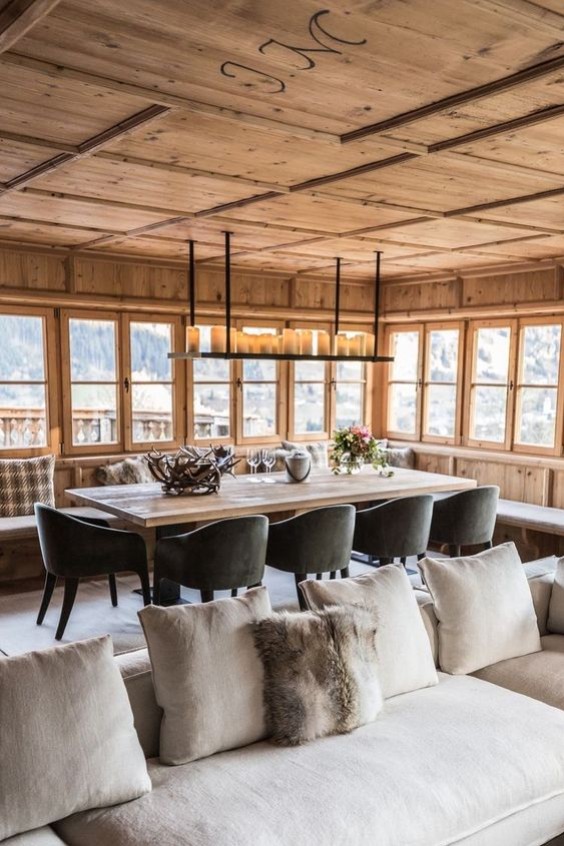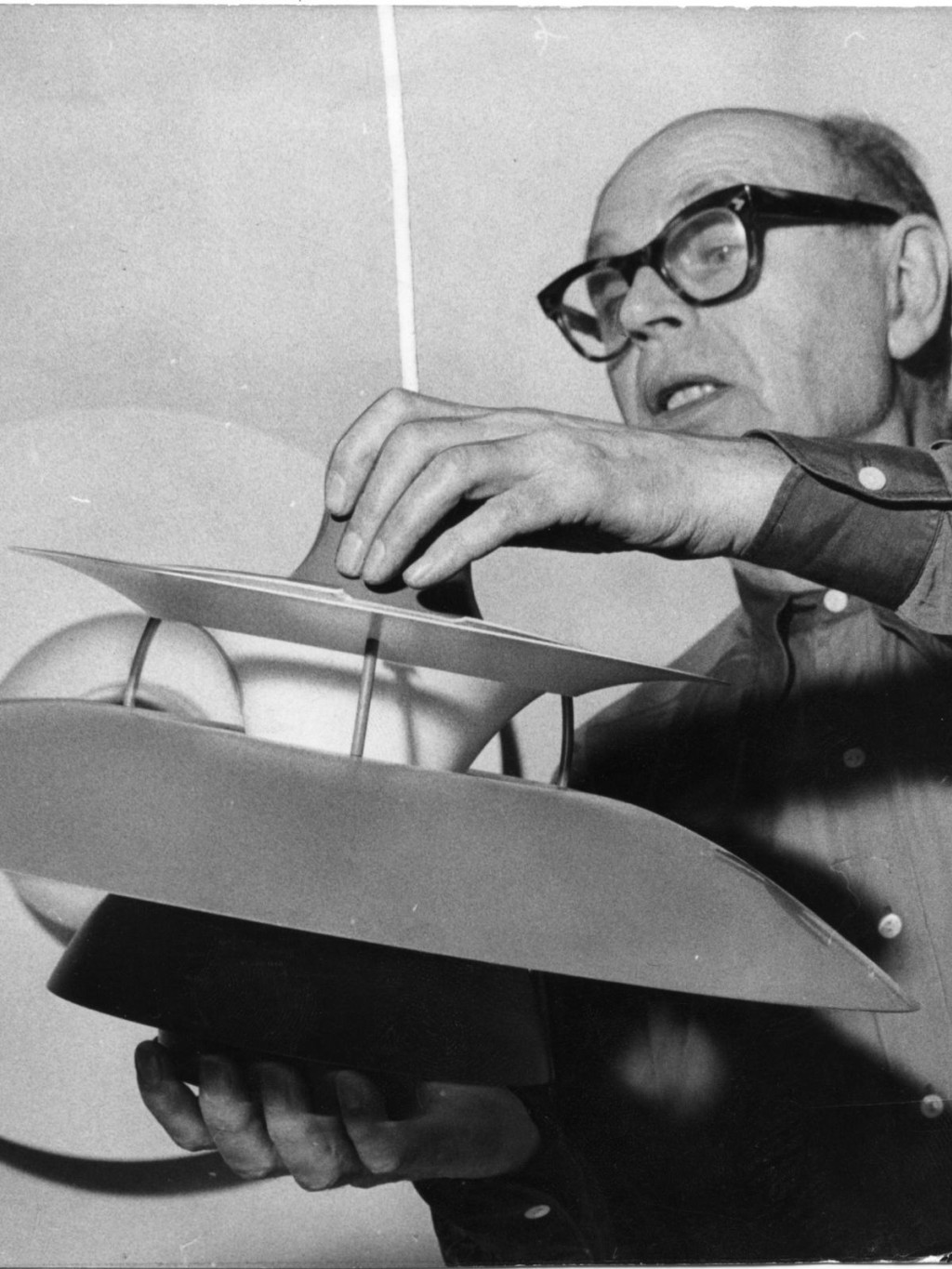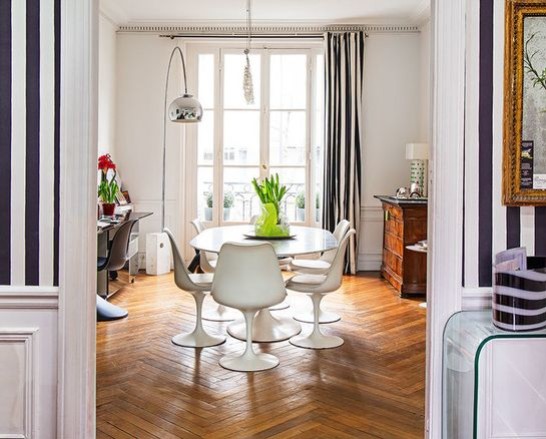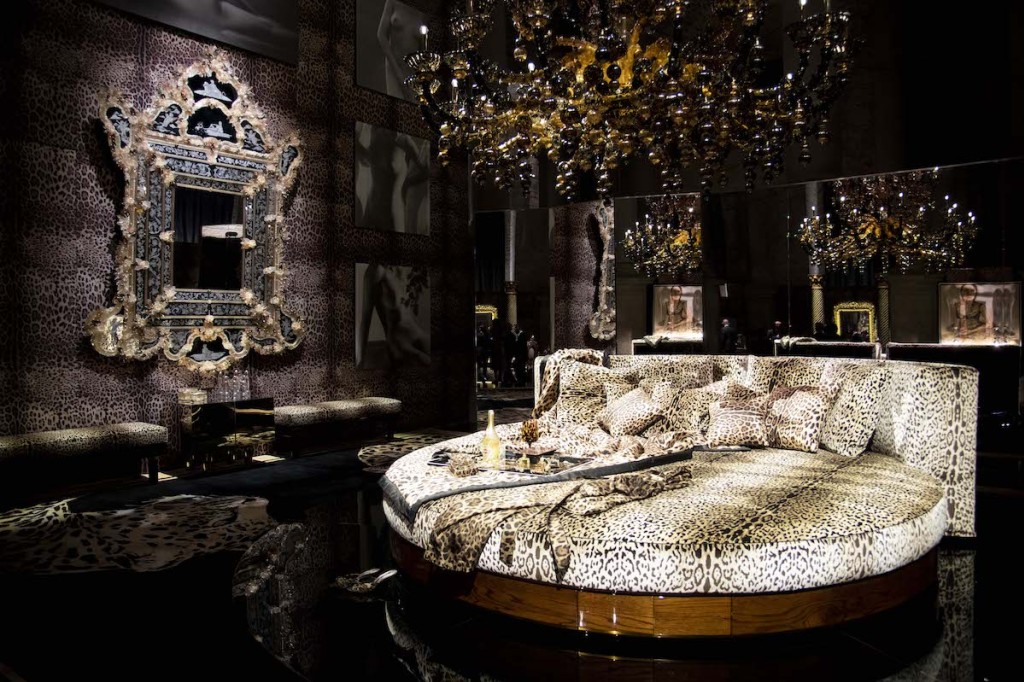The Venetian mirror is a decorative element that fits happily into very different interiors. In an old and cozy setting, it naturally finds its place, as it blends wonderfully with very contemporary furniture. Its aristocratic side brings a real personality to a corner of the house, or to a room. While it could be associated with an outdated decorative accessory, it is instead timeless. The adjective Venetian refers to the Republic of Venice, a historical period in which the production of Venetian mirrors invaded all Europe... Focus on a piece of furniture that comes in all flavors...

© deco.co.uk
Let's begin by discussing the history of the Venetian mirror. Although mirrors have been around for thousands of years, it wasn't until the 11th century that man rediscovered the techniques for making them. In the 13th century, glass mirrors appeared in Europe. At the end of the same century, the Republic of Venice settled master glassmakers on the island of Murano, where the first great glassworks were born and developed.
Rapidly, the Master Glassmakers of Murano developed techniques and know-how that were then unequalled. Mirrors became a specialty of the glass artisans of the small Venetian island. In the 15th century, they invented the manufacture of tinned mirrors, that is to say, mirrors made on a bath of amalgam of tin and mercury. With this technique, the master glassmakers of Murano created mirrors with a lustrous reflective surface of great purity. At the height of their power in the Renaissance, Venetian mirror makers became a distinct corporation in Murano.

© anticstore

© anticstore
The Venetian mirror thus refers to its Italian origins, particularly the quality of glass made in Murano. Louis XIV, jealous of the success of the Venetian mirror factory launched in 1665 The Royal Manufacture of Mirror Glass. In 1672, the Kingdom of France no longer imports Venetian mirrors. French workers now made large mirrors of exceptional quality.
From then on, the Venetian mirror evolved with the styles of the time. It becomes a real element of interior design: the shapes and frames adapt to the style of the whole decoration. In France, for example, the Rococo style, marked by the abundance of decorative elements, saw the mirror frame enriched with combinations of precious woods, scales, pearls and brass. Mirror frames are often massive and gilded.

© galerie-atena
Over the centuries, the Venetian mirror became a symbolic decorative object and repository of its owner's social status. It accompanies artistic and decorative movements: neoclassical period (frame ornamentation with antique motifs), Art Nouveau and then Art Deco (more simplicity, geometric motifs, symmetry of forms).

© designmag
Did you know? In addition to its generic name, the Venetian mirror also refers to a type of mirror frequently imported from Venice during the Renaissance: the mirror with glazing. In order to make larger mirrors, Venetian mirror makers actually enlarged their size using smaller pieces arranged around the central mirror.

© galerie-atena
The Venetian mirror is sought after by lovers of beautiful antique pieces, but also by enlightened vintage design enthusiasts. It can accompany a retro chic or baroque decoration as well as ultra design furniture elements. Its sumptuousness and elegance make it a high-end decorative element. Many modern and vintage pieces exist on the market.

© proantic
The Venetian mirror also offers a wide variety of shapes (round, oval, square, rectangular), with design (beveled, polished, engraved, chiseled) and frame ornamentation (floral motifs, carved and gilded wood, decorative engravings, imitation stones) that differ greatly from model to model. Its coat can be silver, gold, bronze or brass.


© selency

© venetian-mirrors
While it's no longer a central part of decorating in this day and age, the great Italian furniture editors aren't neglecting it. Thus, at Kartell, which symbolizes the Made in Italy design, it is Philippe Starck who designs the modern Venetian mirror. At Cassina, the pieces are signed Man Ray (yes the artist!), Studio Simon and Ron Gilad. For Porro, Piero Lissoni designed the Reflection collection of rectangular mirrors.

© kartell

© cassina

© cassina
François Boutard








